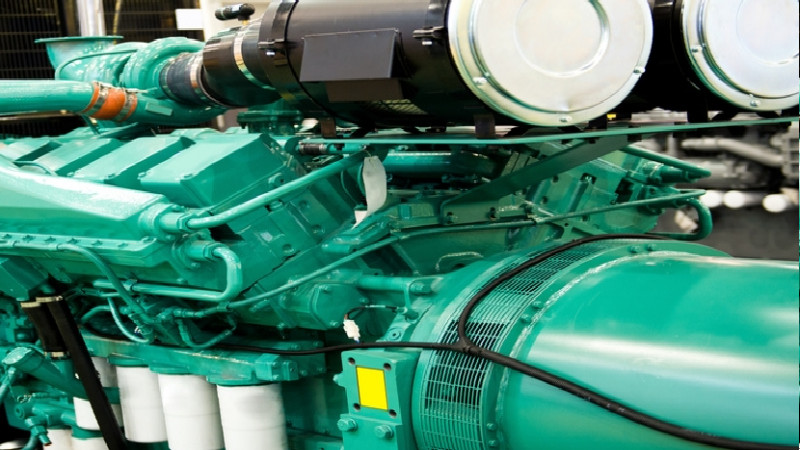Everything starts with an idea. No matter what product you are considering producing, it first takes place as a concept floating around in your head. Once it is transferred to paper, the idea becomes a design. It is on its way to becoming a reality or being scrapped. The next process is to develop the design, creating of it a functional product for testing and future development. To accomplish this, manufacturers look to fabrication shops. In particular, they consider CNC prototype machining to be a highly viable, affordable option.
The Purpose of a Prototype
Prototypes, by their very nature, are one way a company can determine the viability of producing product. By rendering an accurate and functional prototype, a company learns:
• If the intended product is well-designed
• If the materials are capable of functioning in accordance with the requirements of the function and the intended environmental demands
• If the design requires any further adjustments in terms of size, shape, materials or other aspects
Overall, prototype machining allows the company to see whether the design can function in the real world before spending or wasting money manufacturing it.
Why Companies Prefer CNC Machining for Prototypes
Using CNC increases the ability of the fabrication or machining company to produce prototypes capable of meeting the specifications of the company and the product requirements. CNC machining results in the following
• Accurate renditions
• Precision – including tight tolerances
• Replicability of the design
• Speed
• Use of the final product materials
By using on CNC machining to produce prototypes, companies can improve quality levels while decreasing potentially costly problems.
CNC Prototype Machining
By creating a functional prototype, machine shops provide a valuable service. They give manufacturers the ability to examine and test the model’s abilities. For this and the resulting high level of quality, CNC prototype machining remains a prevalent tool among aerospace, automotive and other manufacturers.

